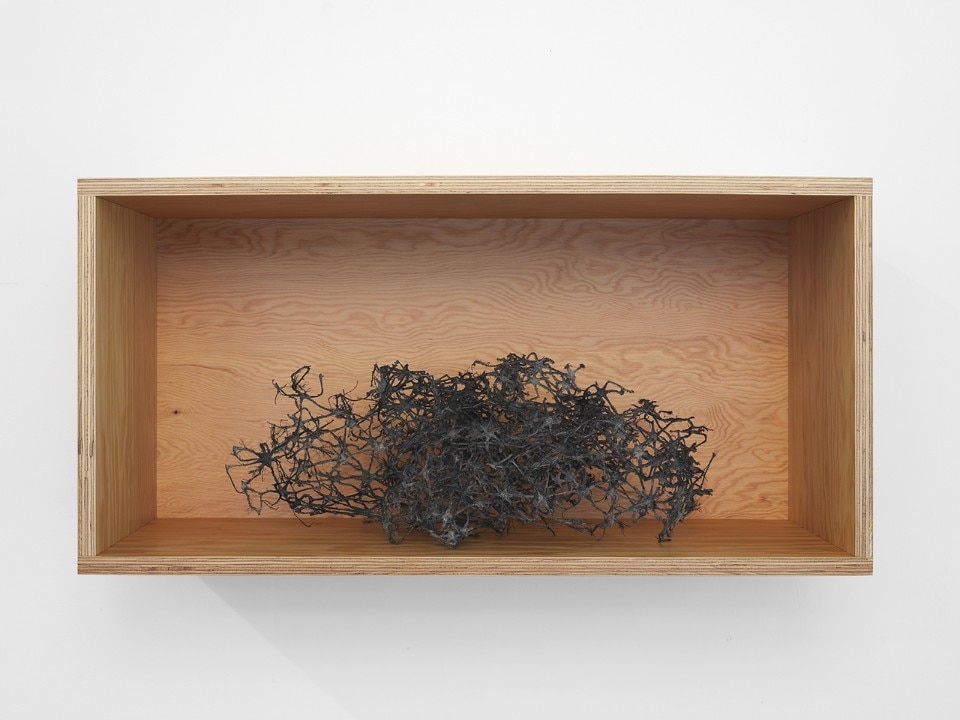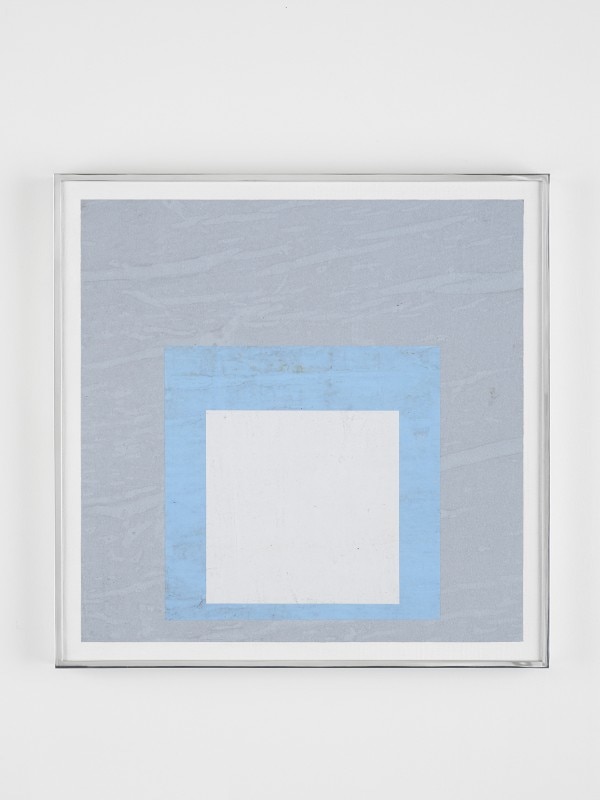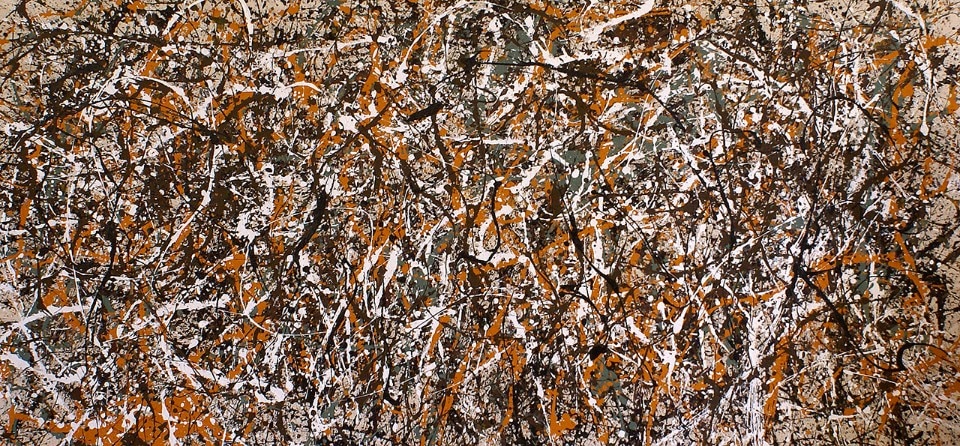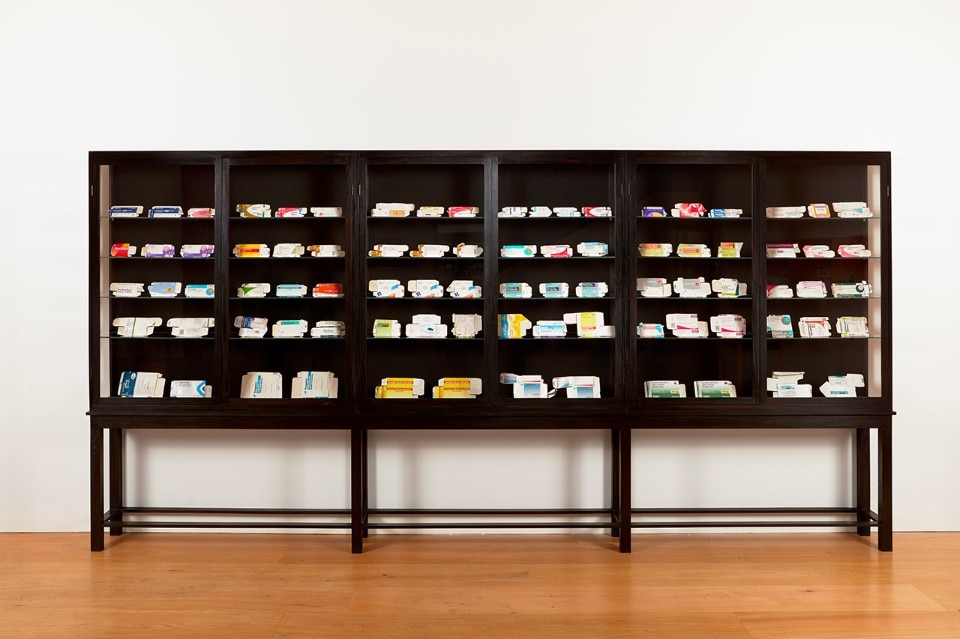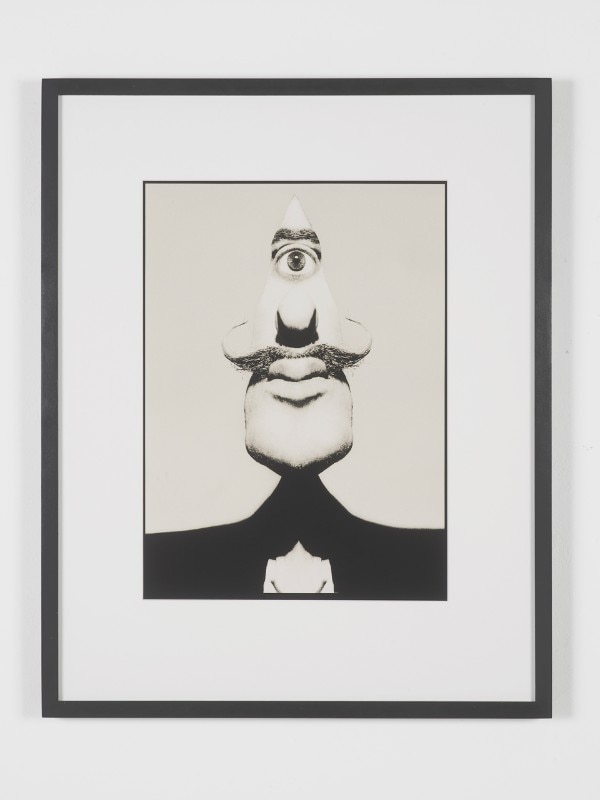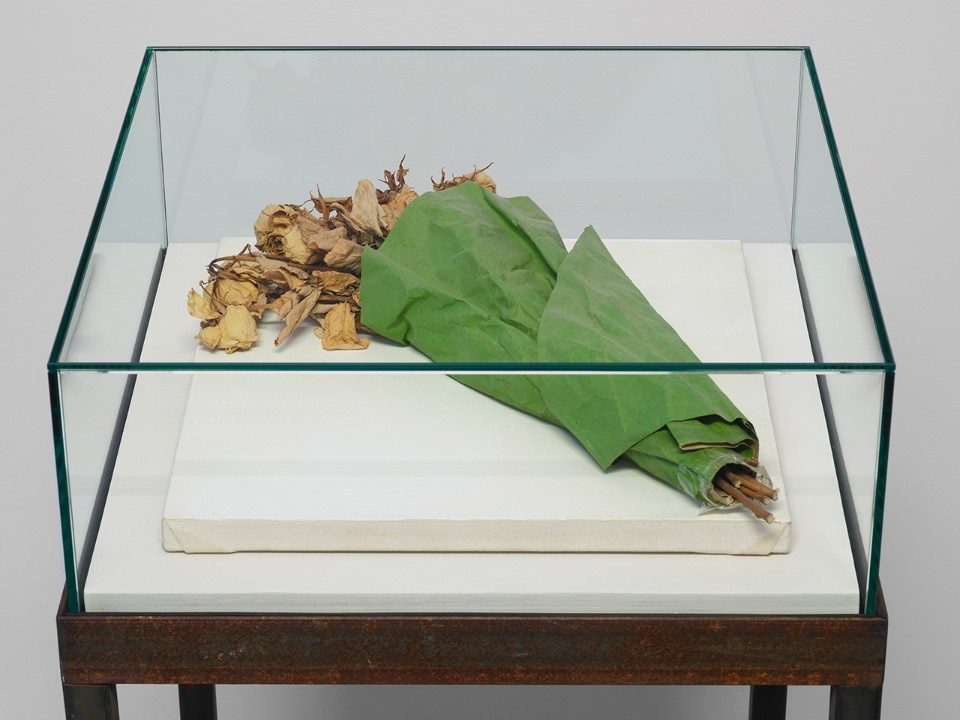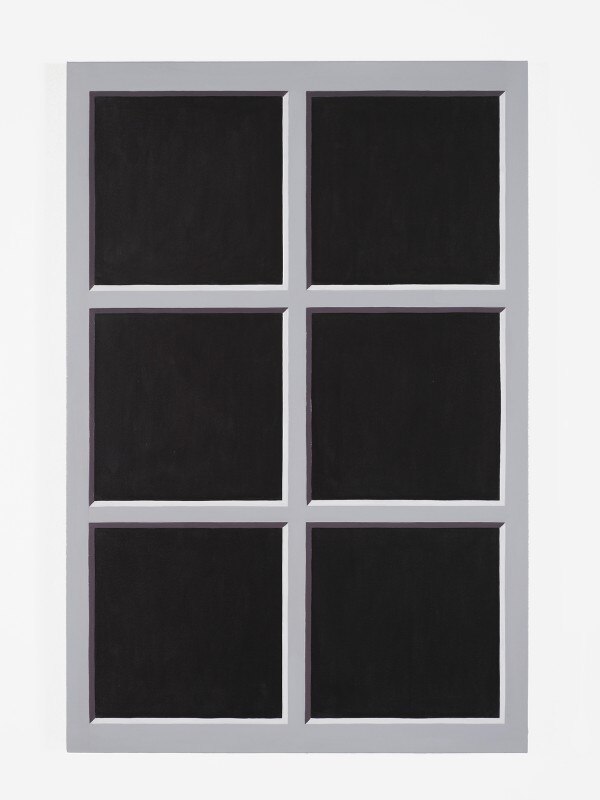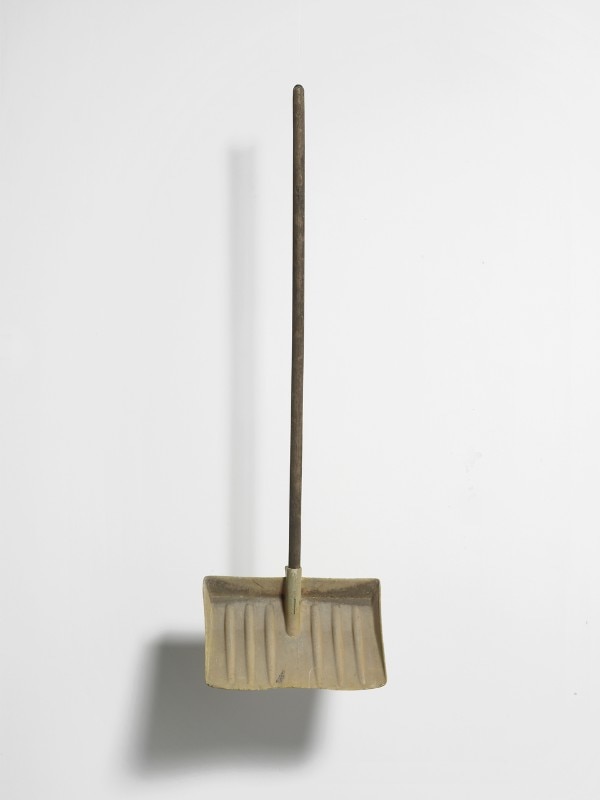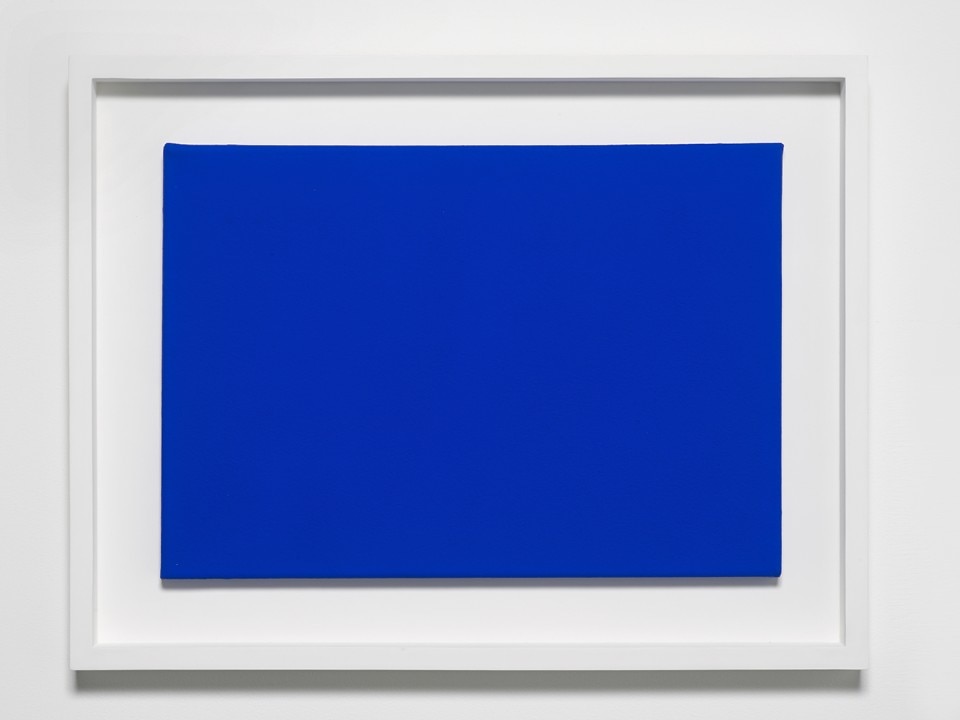With his History of art, the English Gavin Turk (born in Guilford in 1967) continues to explore the concept of authenticity, originality and the symbolic power of artworks which he himself, 20 years ago, when he was a prominent figure in Young British Art, had begun to examine with pieces that, behind an apparent sense of irony, posed fundamental questions on matters such as the identity and the aura that surrounds the idea of “author”. Cave, the celebrated installation from 1991, was already representative of these considerations: a simple blue plaque fixed to a wall of the Royal College of Art commemorated the life of the then-young artist who thus made his mark in art history: “Gavin Turk worked here, 1989-1991”.
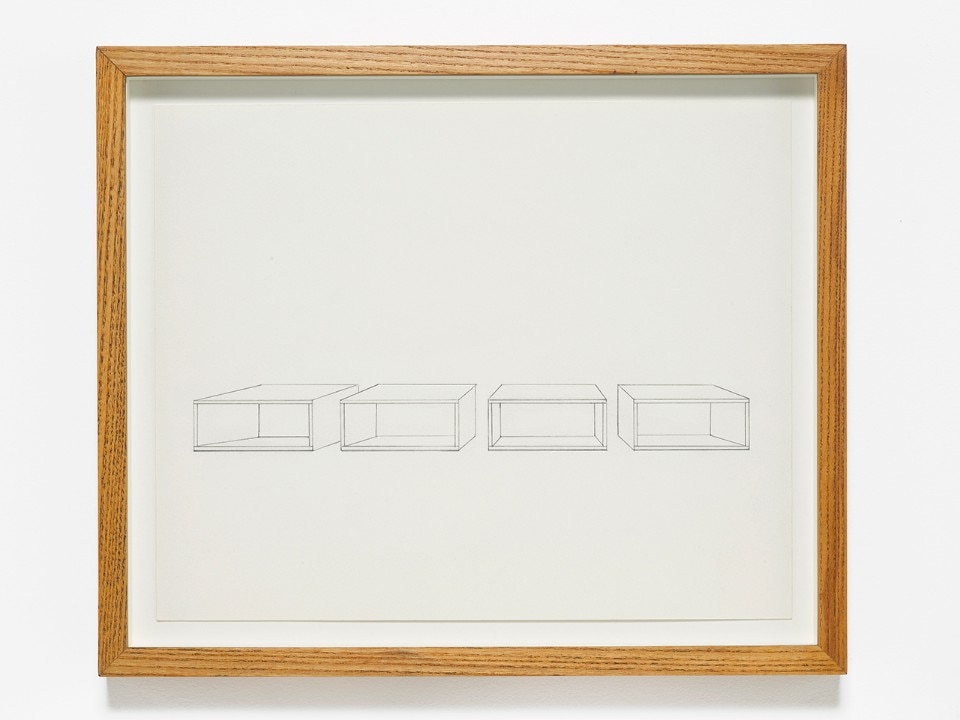
 View gallery
View gallery
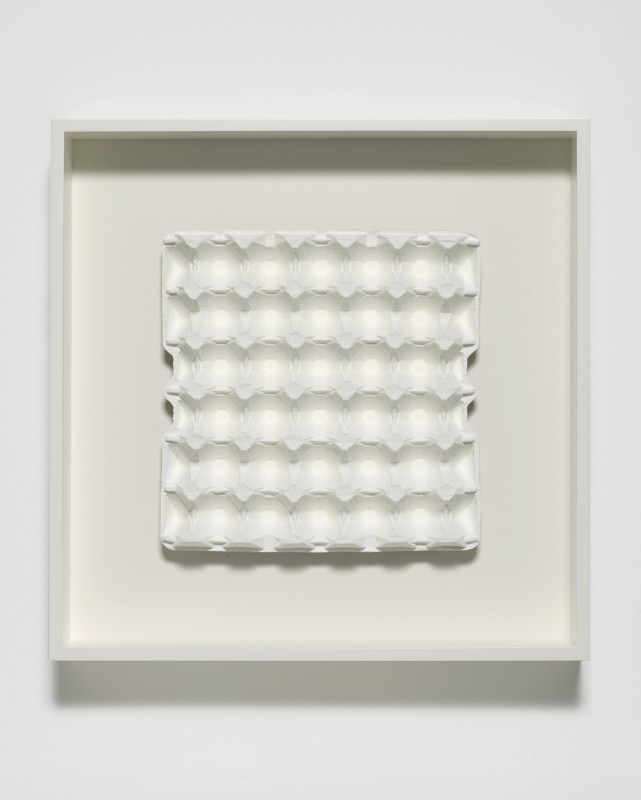
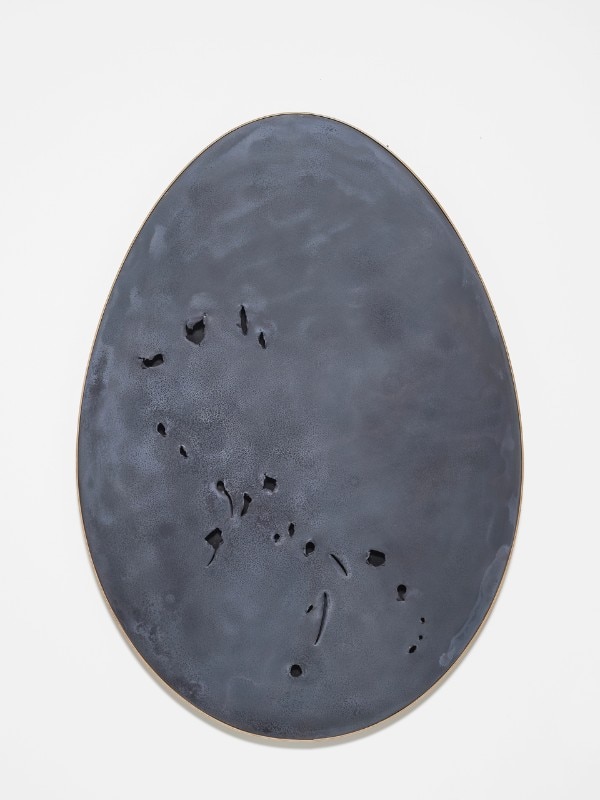

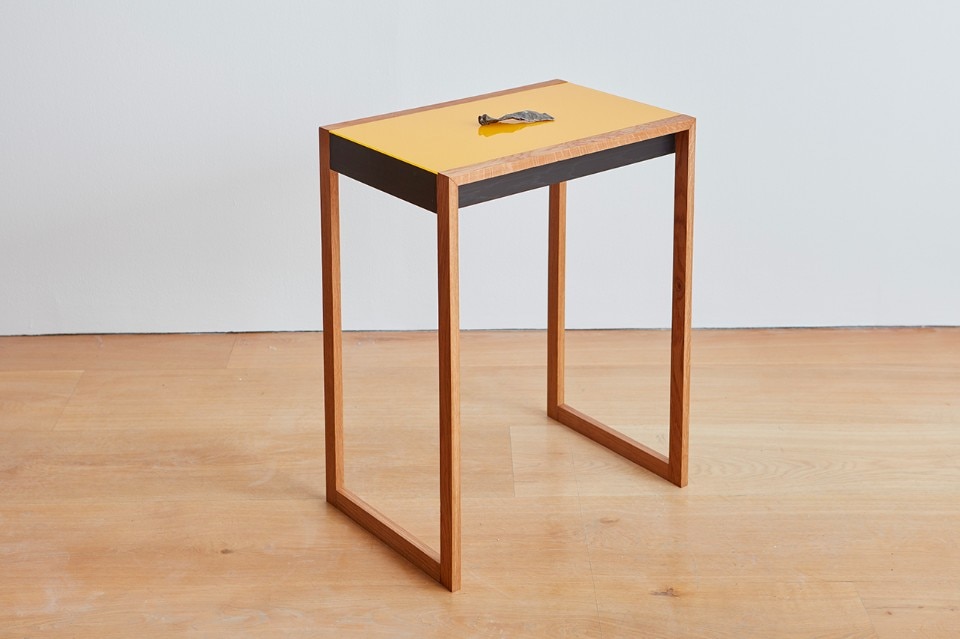
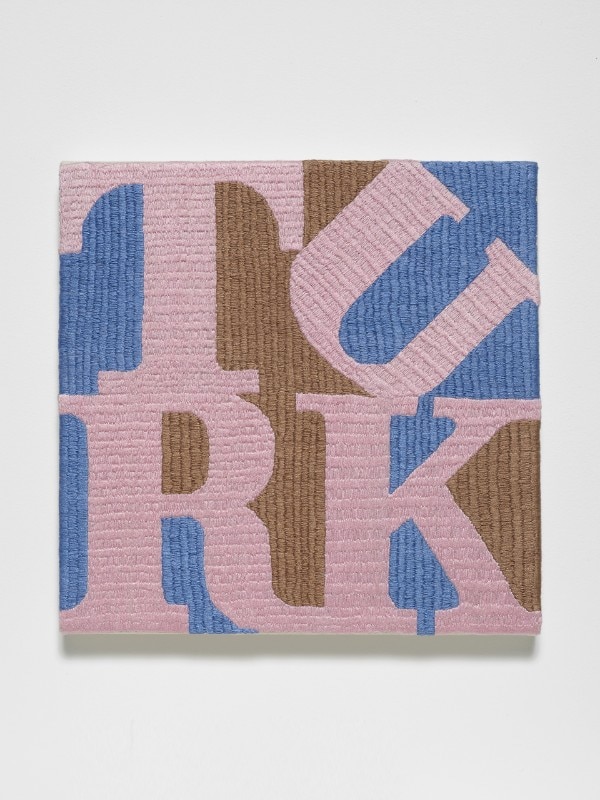
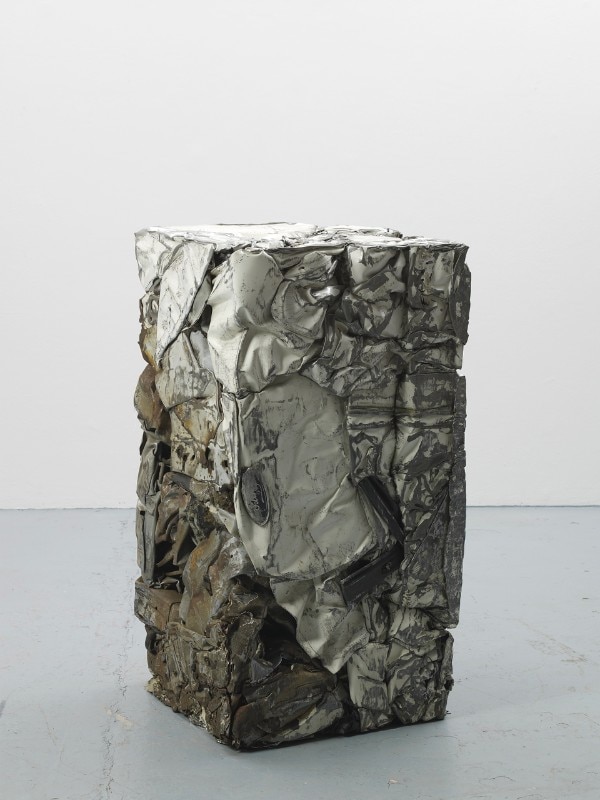
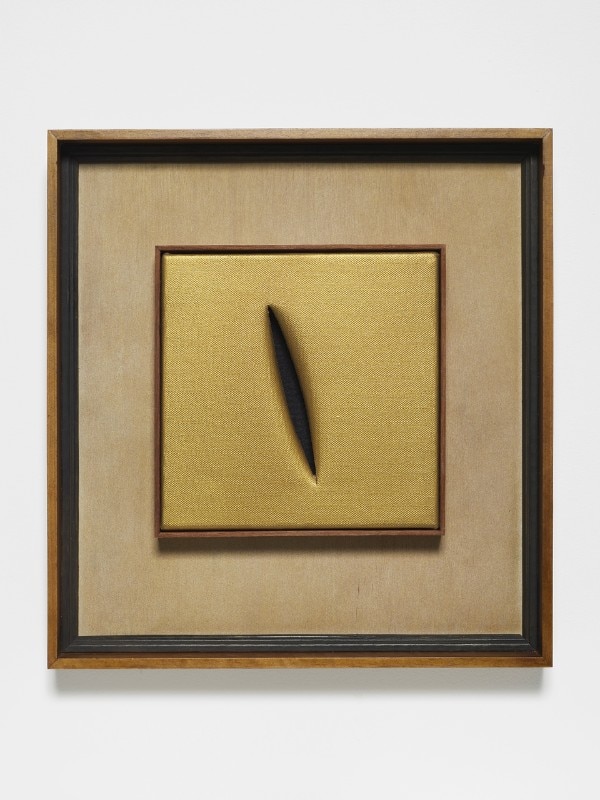
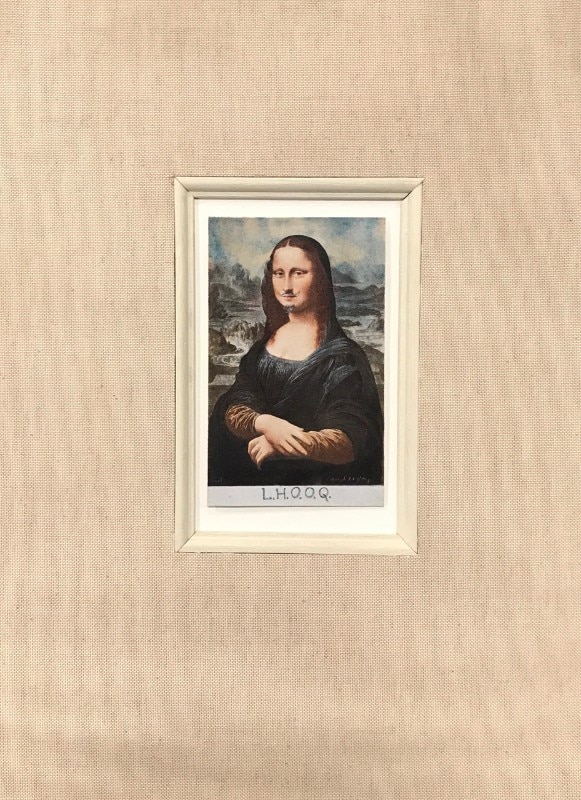
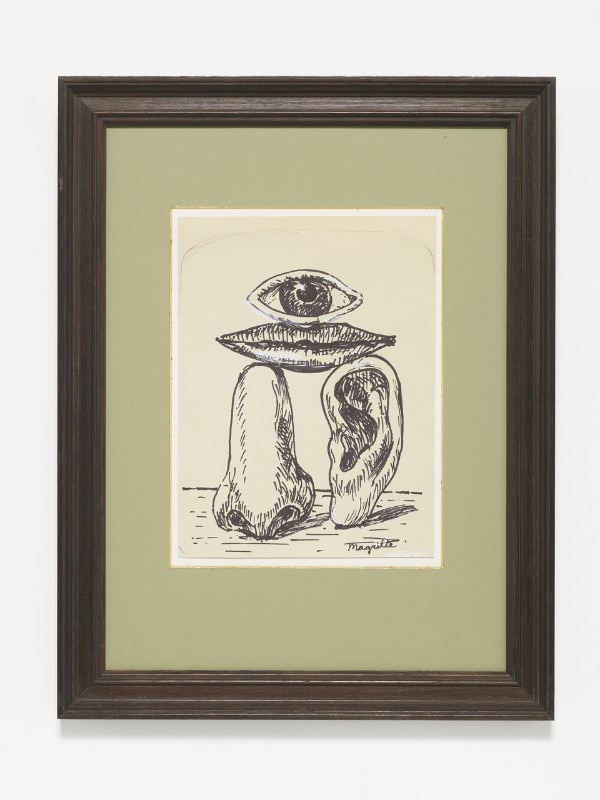
Many years later – and following numerous collective and personal exhibitions which make up Turk’s career – he has come to Milan in the Brera gallery with an unmissable exhibition with an evocative and almost pedagogical title “History of Art”, curated by the English critic and Egyptologist James Putnam, another eccentric figure from the independent British panorama. The essay by Putnam on the work of Turk traces the initial inspiration for this museum project right back as far as Vasari. An idea of the “history of art” proposed by the Florentine critic, artist and architect, who in 1550 proposed a vision of the life of artists which contemplated not only objective aspects tied to the interpretation of the various masterpieces, but also a similarly rich reconstruction of anecdotes which were entertaining and at times exaggerated, almost paroxysmal. These anecdotes, however, created those “myths” which animated and lent power to the visionary attraction and value of the works and, above all, of their authors – as the very recent operation by Christie’s, The Last DaVinci clearly demonstrates.
But if the myth of Leonardo is easily read, accompanied above all by a similarly legendary past, this is no less the case with other iconic names and works which form part of history – from the avant-garde to today – and which have contributed to the creation of this process of creating the myth of “modernity”. A movement marked by stylistic clichés, stereotypes, visual devices and blind faith in the progression of the history that, as far back as the 1930s, was described by Alfred Barr, the celebrated first director of the MoMA in that which is nowadays described as an infographic: entitled Torpedo, it is the idea of a museum “moving through time, its head the ever-advancing present, its tail the ever-receding past of 50 to 100 years ago”.
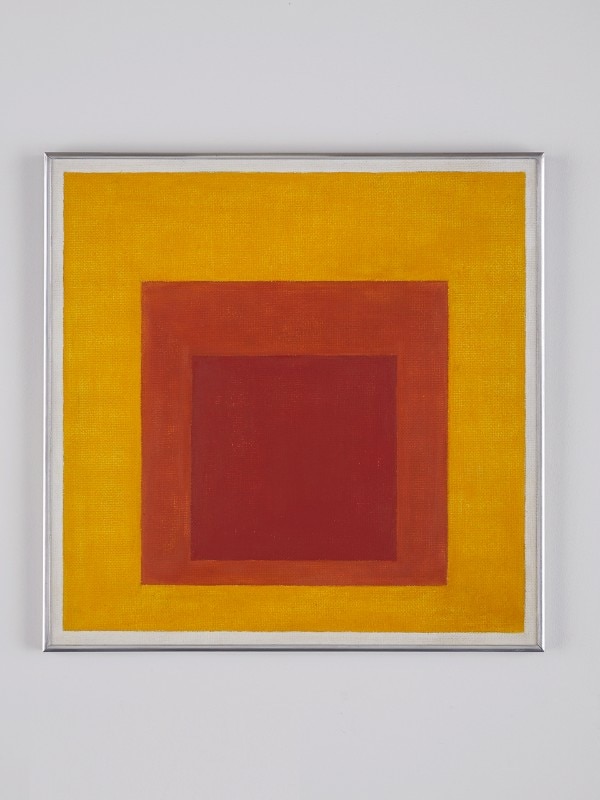
Thus, our concept of art, which owes so much to this vision, is, in reality, at the same time an interruption of that linear progression, made up instead of many, countless other conditions which once again see causality, the life of the artists, their capacity for communication, luck, and their success form part of that which we still see exhibited on the walls of the great museums.
This is why any international collection of worth cannot, for example, exclude a Duchamp, a Dalì, a Klein monochrome, or an exponent of American minimalism such as Donald Judd, or a cut by Fontana, right up to the new “classics” such as Hirst’s early works.
Turk has therefore behaved like a good student who has learned his lesson and has displayed true works by these authors (a number taken from his personal collection and others borrowed from European collectors), but he is, at the same time, an author who knows all too well the règles du jeu, and knows that he also needs to find his place in that museum: imitating, confusing the visitor, assuming various poses and, finally, taking on the aura which surrounds the works of those grand masters, outlining the impression that is both a little faux, like the screenplay of a 1960s English film, and at the same time real (all the works are, fundamentally, authentic!) that the visitor may have on entering the gallery.
The history of art as a historiographic instrument is no longer of use in this perspective, and steps aside to leave space for that idea of visual culture which is so well represented by the celebrated essay (and television programme) Ways of seeing that the important English critic and writer John Berger produced in 1972. One of Turk’s works, Widower (2017) is dedicated to that very interpretation, citing the graphic project of the first edition published by Penguin Books (alongside an original drawing by Magritte) and Duchamp’s Fresh Window.
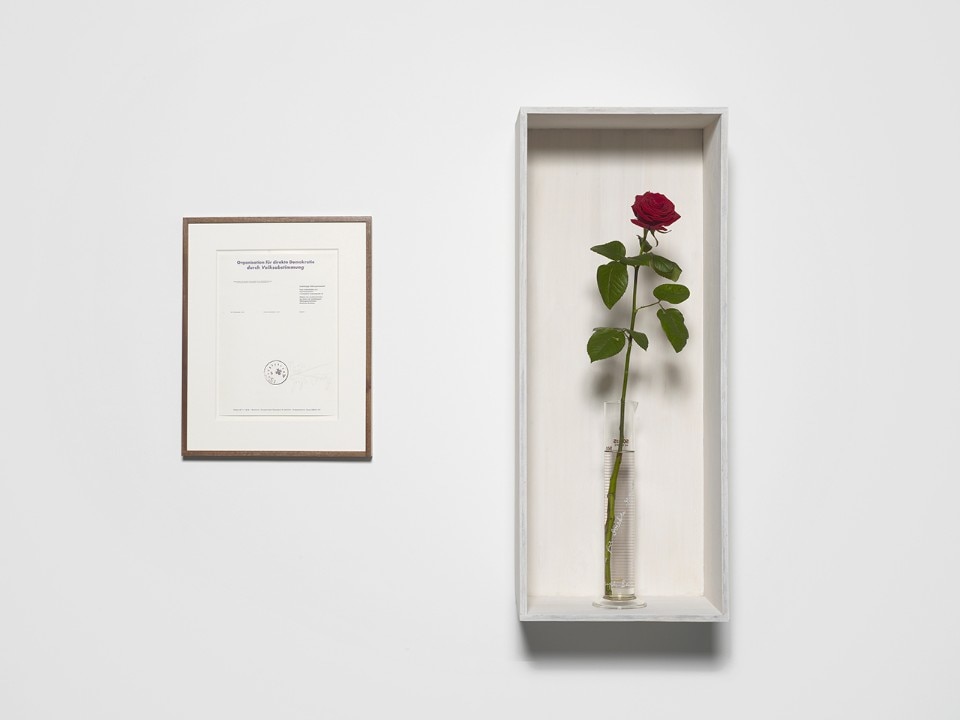
All of Turk’s work is characterised by that playful yet extremely conscious element of identifying interpretations in analogies and, above all, formal homologies; some are more immediate, such as his egg cartons which become, from one version to another, works by Klein, Manzoni and Castellani, while in other cases the relationships between Turk’s ventures into action painting and inspiration become more subtle and closer to parody, such as in Return to Forever (2009), which re-examines the aesthetics of Pollock, combining it with the title of the famous 1970s jazz-fusion album by the pianist Chick Corea.
No-one is spared from Turk’s programmed transfiguration of art legends, not even his friend and colleague Damien Hirst: amongst the first works which welcome the visitor is one of the famous perfectly composed displays by Hirst from the early 1990s, full of medicine boxes, but alongside it looms another display, this time by Turk, in which the boxes of medicine are empty, their contents have gone out of date or someone has bought them all: in the end, that era is already over.
- Title:
- Gavin Turk. History of Art
- Exhibition dates:
- 23 November 2017 - 10 February 2018
- Curator:
- James Putnam
- Location:
- Mimmo Scognamiglio Arte Contemporanea
- Address:
- Via Goito 7, Milan



